The Earth-directed X-flare action was captured by NASA’s Solar Dynamics Observatory.
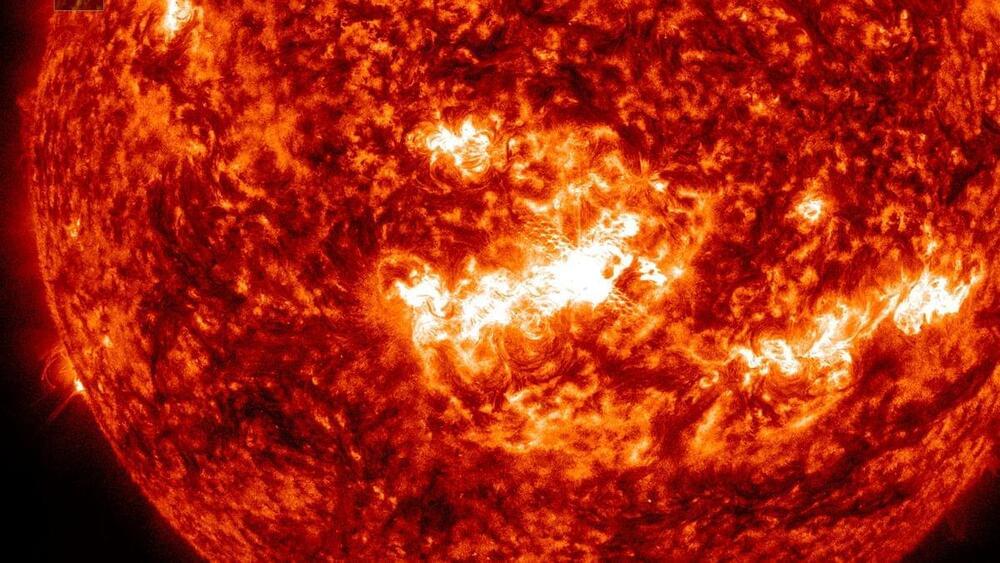

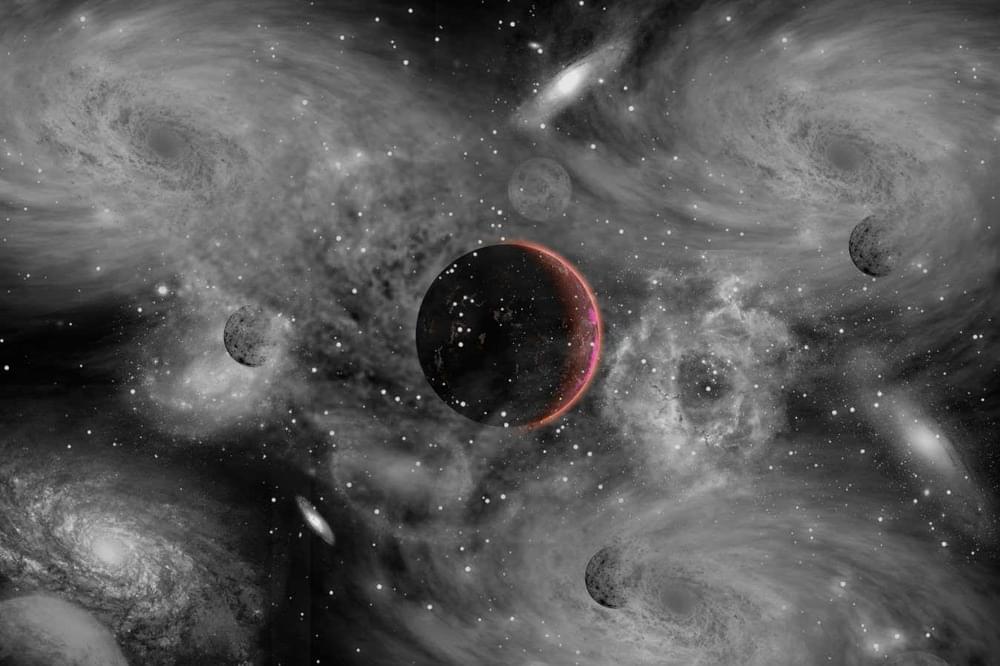
A mathematical model suggests there is an unusual region of space where objects can get pulled into the sun’s orbit – meaning we may have to redraw the boundary of the solar system.

The desert moss Syntrichia caninervis is a promising candidate for Mars colonization thanks to its extreme ability to tolerate harsh conditions lethal to most life forms. The moss is well known for its ability to tolerate drought conditions, but researchers report June 30 in the journal The Innovation that it can also survive freezing temperatures as low as −196°C, high levels of gamma radiation, and simulated Martian conditions involving these three stressors combined. In all cases, prior dehydration seemed to help the plants cope.
“Our study shows that the environmental resilience of S. caninervis is superior to that of some of highly stress-tolerant microorganisms and tardigrades,” write the researchers, who include ecologists Daoyuan Zhang and Yuanming Zhang and botanist Tingyun Kuang of the Chinese Academy of Sciences. “S. caninervis is a promising candidate pioneer plant for colonizing extraterrestrial environments, laying the foundation for building biologically sustainable human habitats beyond Earth.”
A small number of previous studies have tested the ability of microorganisms, algae, lichens, and plant spores to withstand the extreme environments of outer space or Mars, but this is the first study to test whole plants.
Utilizing data from NASA ’s Fermi Gamma-ray Space Telescope, researchers discovered a unique energy peak in the aftermath of the brightest Gamma-Ray burst ever seen, suggesting the annihilation of electrons and positrons. This finding provides new insights into the behavior of cosmic jets and the extreme conditions following such bursts.
In October 2022, astronomers were stunned by what was quickly dubbed the BOAT — the brightest-of-all-time gamma-ray burst (GRB). Now an international science team reports that data from NASA’s Fermi Gamma-ray Space Telescope reveals a feature never seen before.
Unprecedented Spectral Feature Identified.
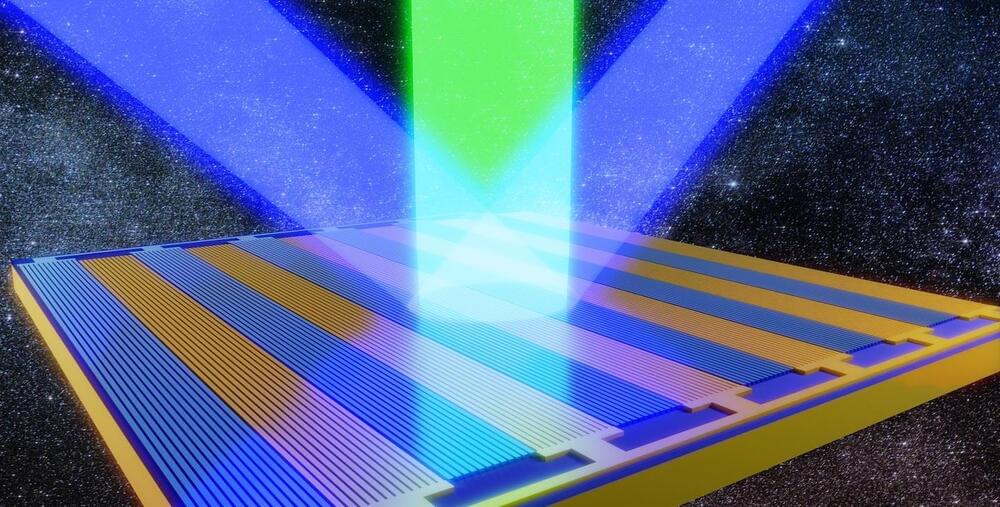
Caltech engineers have introduced an innovative metasurface that manipulates light to provide multiple communication channels at optical frequencies.
This technology promises to enhance data transmission in various fields including space communications and LiDAR, moving beyond traditional electronic methods and offering substantial bandwidth improvements.
Revolutionizing Wireless Communication With Metasurfaces.

Despite its immense success in describing the fundamental building blocks of matter and their interactions, the Standard Model of particle physics is known to be incomplete. Experiments around the globe and in space are therefore searching for signs of new physics phenomena that would guide physicists towards a more comprehensive theory.
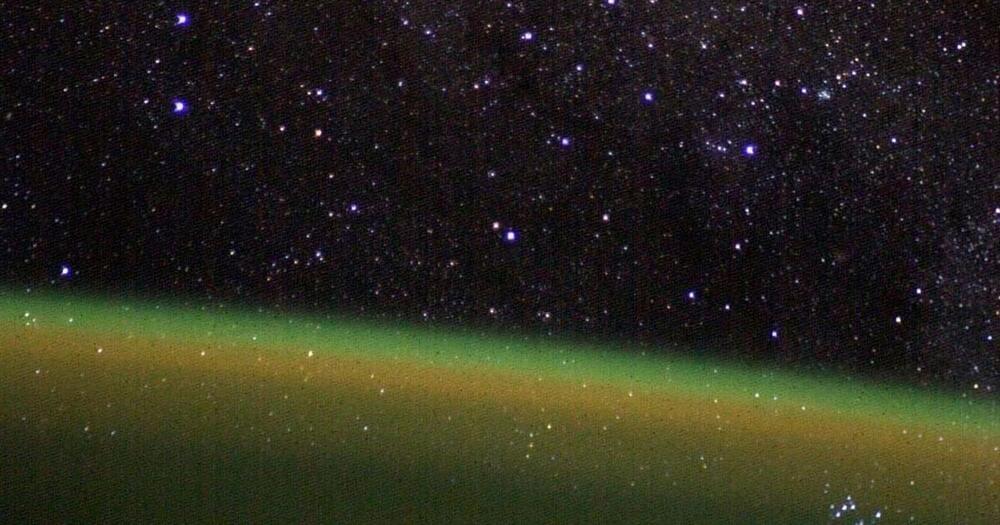
In October 2022, astronomers were stunned by what was quickly dubbed the BOAT—the brightest-of-all-time gamma-ray burst (GRB). Now an international science team reports that data from NASA’s Fermi Gamma-ray Space Telescope reveals a feature never seen before.
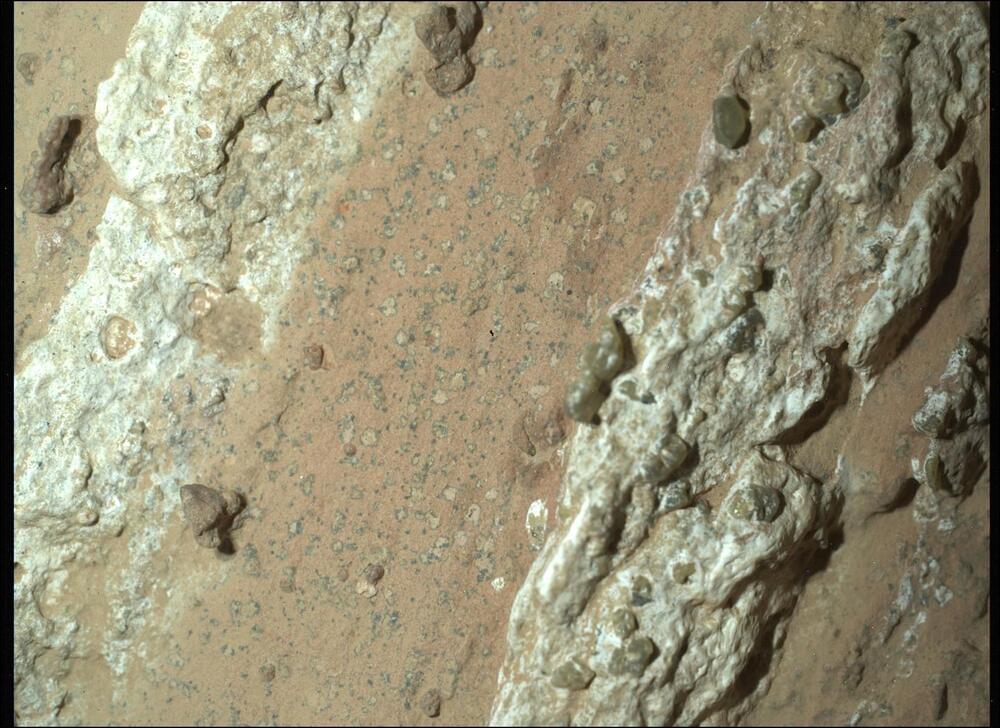
The six-wheeled geologist found a fascinating rock that has some indications it may have hosted microbial life billions of years ago, but further research is needed.
A vein-filled rock is catching the eye of the science team of NASA’s Perseverance rover. Nicknamed “Cheyava Falls” by the team, the arrowhead-shaped rock contains fascinating traits that may bear on the question of whether Mars was home to microscopic life in the distant past.
Analysis by instruments aboard the rover indicates the rock possesses qualities that fit the definition of a possible indicator of ancient life. The rock exhibits chemical signatures and structures that could possibly have been formed by life billions of years ago when the area being explored by the rover contained running water. Other explanations for the observed features are being considered by the science team, and future research steps will be required to determine whether ancient life is a valid explanation.
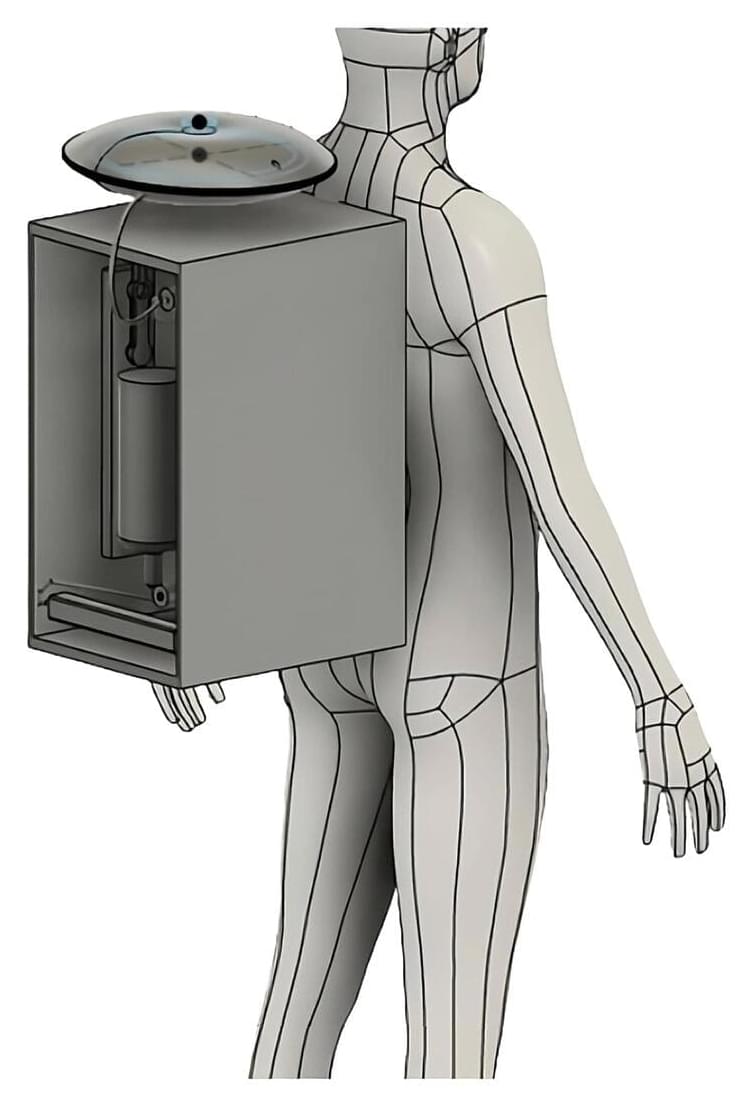
The new spacesuit urine filtration system by Cornell researchers recycles astronauts’ urine into drinkable water, aiming to improve comfort and efficiency on future Moon and Mars missions.
Currently, astronauts must relieve themselves inside their spacesuits during spacewalks. This is not only uncomfortable and unhygienic, but also wasteful. Unlike the wastewater management system on the International Space Station (ISS), the water from urine during spacewalks is not recycled.
Researchers at Cornell are addressing this issue with a novel urine collection and filtration system inspired by the ‘stillsuits’ from the sci-fi franchise Dune. Like these ‘stillsuits’, their prototype absorbs and purifies urine, and recycles it into drinking water.